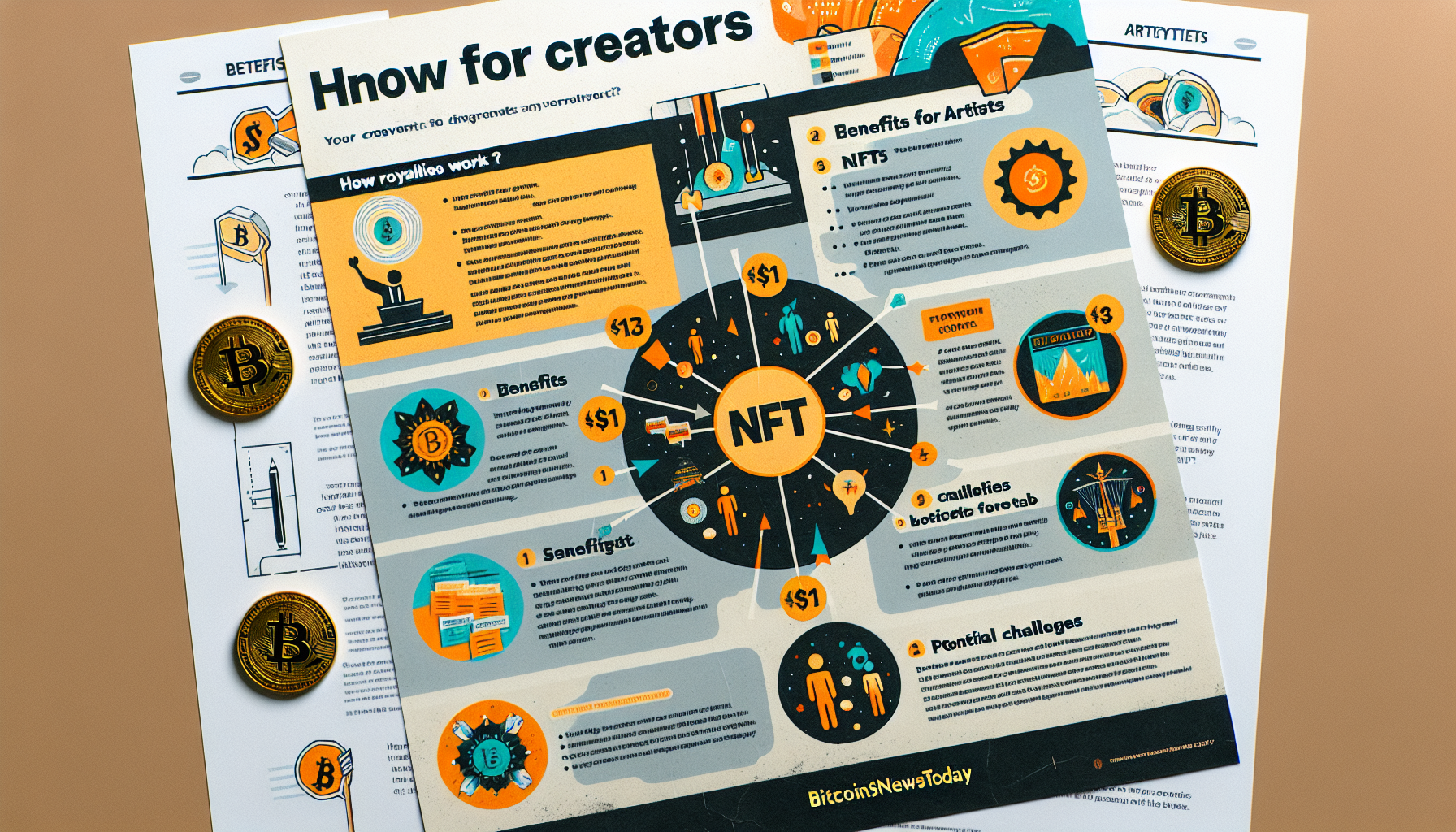Understanding NFT Art Royalties
Have you ever wondered what rewards NFTs bring to artists in the digital space? With the explosion of the NFT market, understanding NFT art royalties has become crucial for creators. Currently, more than 60% of NFT artists are reportedly concerned about how their creations generate revenue.
What Are NFT Art Royalties?
NFT art royalties refer to the ongoing payments that creators receive each time their NFT is sold or resold. This system is primarily enabled by blockchain technology, which ensures that artists maintain rights to their work, akin to traditional licensing models but significantly more transparent.
How Do Royalties Work for NFT Creators?
When an artist mints an NFT, they can set a royalty percentage, commonly ranging from 5% to 15%. This means that for every future sale of the NFT, the artist receives a predetermined percentage of the sale price. For instance, if an NFT originally sold for $100 and then resold for $1,000, an artist with a 10% royalty would earn $100 from that sale. This creates a sustainable income model for creators in the digital art space.

The Importance of Smart Contracts
Smart contracts play a pivotal role in enforcing NFT royalties. They are self-executing contracts where the terms are directly written into code. For artists, this means that once the NFT is created, the royalties are automatically administered without requiring any intermediaries. Thus, educating yourself about how to utilize these smart contracts is essential for maximizing earnings.
Potential Challenges for NFT Artists
While NFT royalties offer more creative freedom and ongoing revenue, challenges persist:
- Not all marketplaces honor royalties, leading to potential revenue loss.
- Market volatility can affect the resale value of NFTs.
- Creators must remain compliant with evolving regulations in their regions.
For instance, in jurisdictions like Singapore, there are specific rules regarding the taxation of NFT profits that artists need to navigate carefully.
Conclusion
In summary, NFT art royalties pose an exciting opportunity for creators to ensure ongoing revenue from their digital works. By leveraging blockchain technology and smart contracts, artists can secure their creative rights and establish a sustainable income stream. However, it’s crucial to be aware of the challenges involved and to continuously seek knowledge about compliance.
Take control of your creative career today, and explore the broader world of NFTs to maximize your earning potential!
Meta Description: Discover the essentials of NFT art royalties for creators, including how they work, challenges, and the importance of smart contracts. Ensure you get the ongoing revenue you deserve!
For further insights, explore more articles on NFT investing and blockchain technology explained.
As a reminder, this article is for informational purposes only and does not constitute investment advice. Please consult relevant regulatory authorities before proceeding with any investments.


